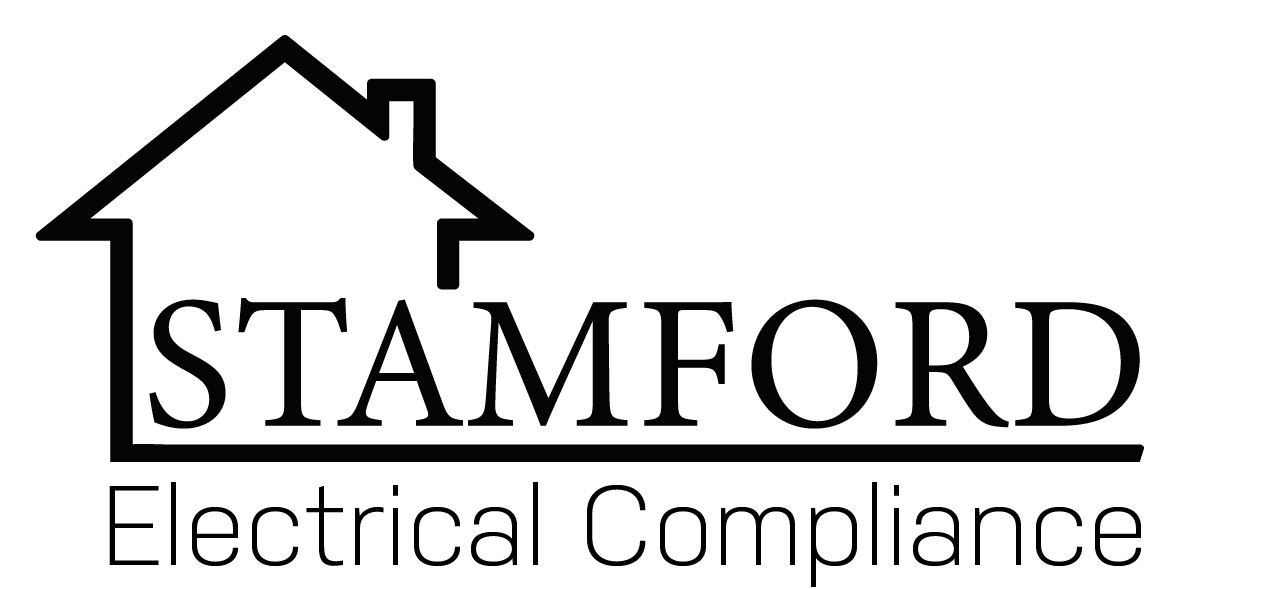Thermal Imaging

Thermal Imaging is a crucial diagnostic tool that generates infrared images to highlight problem hot areas within an electrical system.
At Stamford Electrical Compliance we use thermal imaging cameras to closely examine electrical systems. Helping anticipate potential issues like loose connections, load imbalances, corrosion, and increased impedance to current flow.
It can be challenging to constantly monitor your electrical systems. However, it is crucial to have a clear understanding of the condition of your network in order to catch any faults or potential failures before they lead to unexpected downtime, high costs, and headaches.
By using thermal imaging to scan for faults, you can easily and quickly detect any issues in real-time. Without the need to physically open the panels. This technology surpasses the limitations of human sight, allowing you to detect potential failures in the system or areas vulnerable to malfunction.
This service is available for our customers, ranging from large office buildings to manufacturing facilities and warehouses of any size. It enables precise temperature readings to be taken from a safe distance on equipment such as high voltage devices, high-temperature equipment, or other hard-to-reach machinery. Thermal imaging is a non-invasive testing method that identifies problems before they escalate.

Benefits of Thermal Imaging
Reduce Risk
Stay informed about the status of your electrical system, detecting circuit overloads and other malfunctions that may pose a fire hazard, before they escalate into dangerous situations, thereby improving workplace safety.
Reduce Repair Costs
Minimise expenses related to fixing and maintaining equipment by staying informed about any required repairs. This will enable you to identify potential issues before they become major problems, allowing for proactive maintenance that can help prevent costly repairs and downtime.
Optimise investment
Increase the longevity of your electrical components by distributing balanced loads throughout your network and reducing the need for expensive, unforeseen repairs. Thermal scanning also allows for faster and more accurate inspections, so less disruption.


